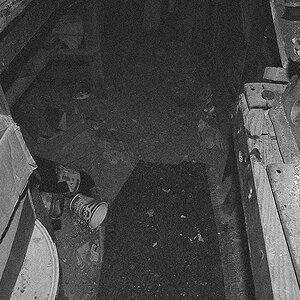Kanikula
TPF Noob!
- Joined
- Nov 26, 2006
- Messages
- 425
- Reaction score
- 0
- Location
- cheshire uk
- Can others edit my Photos
- Photos OK to edit
OK im must sound really dense but so far all my pics have been taken on the preset modes of my Nikon D50.
I now want to learn how to work the camera settings together on manual. i understand what Aperture is, and how it works with the shutter spees to obtain the right exposure and DOF.
So my question is this...
How on earth do i determain the settings?????? how I do i know what F stop to use and how fast/slow my shutter speed should be?? and how to i use metering???
Sorry to sound thick!
I now want to learn how to work the camera settings together on manual. i understand what Aperture is, and how it works with the shutter spees to obtain the right exposure and DOF.
So my question is this...
How on earth do i determain the settings?????? how I do i know what F stop to use and how fast/slow my shutter speed should be?? and how to i use metering???
Sorry to sound thick!



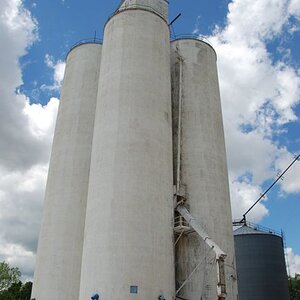

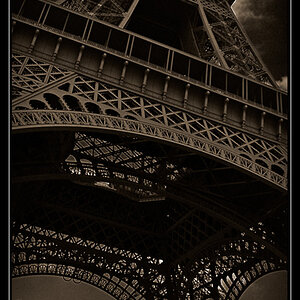
![[No title]](/data/xfmg/thumbnail/42/42277-63576745f84be96df79b94ca0f49e00b.jpg?1619740085)
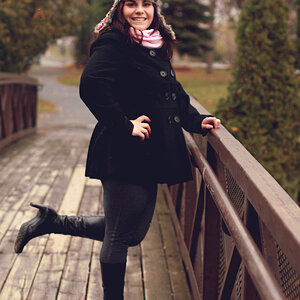
![[No title]](/data/xfmg/thumbnail/1/1592-cfae4a7ea791f96c6e2d03484be2e454.jpg?1619729144)
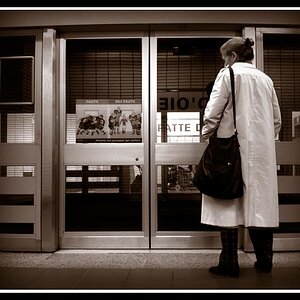
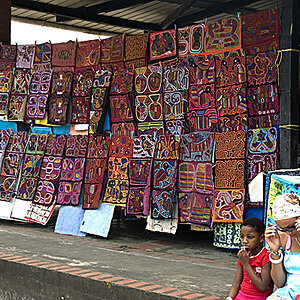
![[No title]](/data/xfmg/thumbnail/37/37116-fdf3127b1d8834c25461dd2d201c031c.jpg?1619737883)

